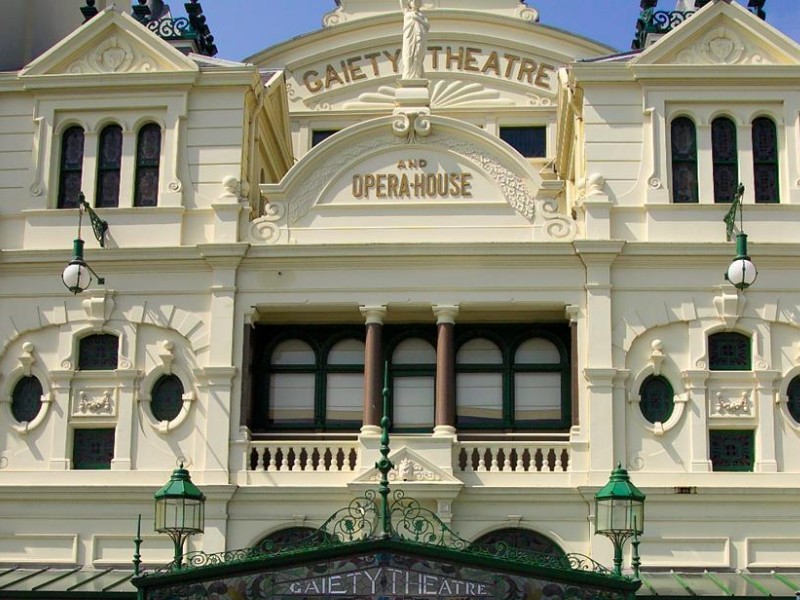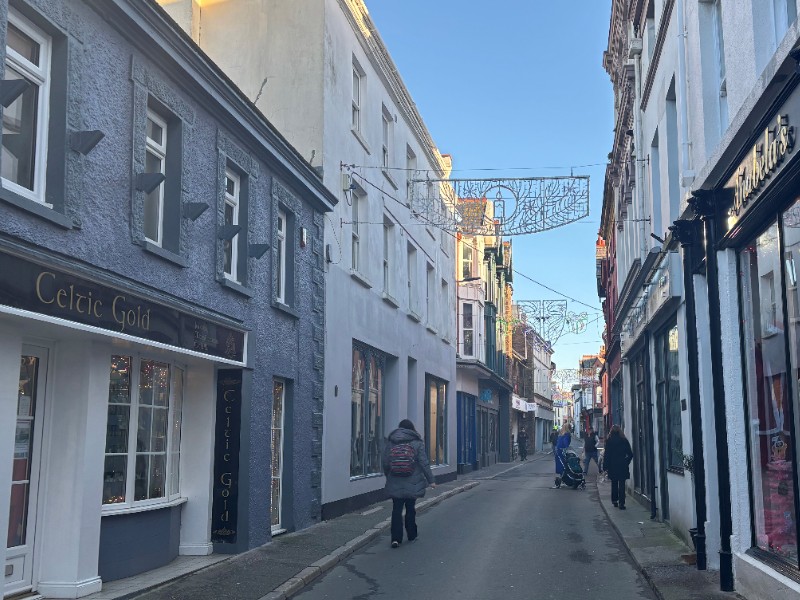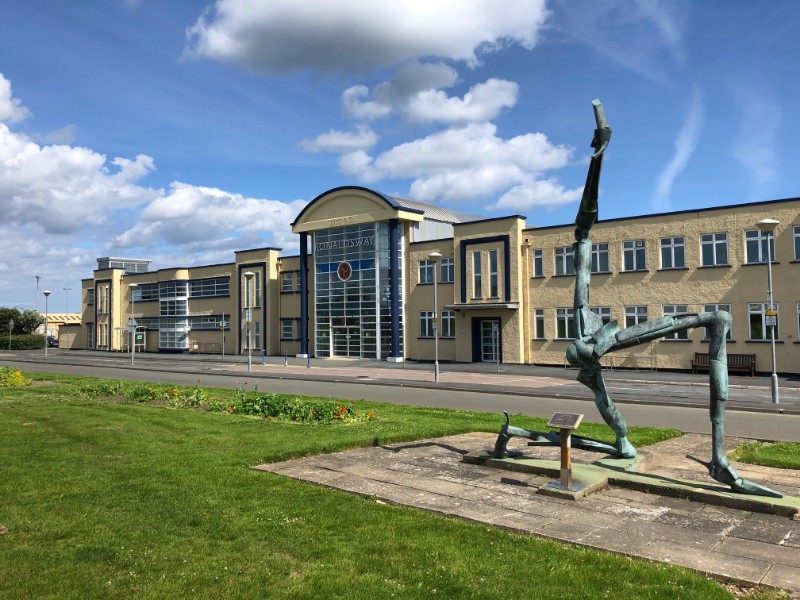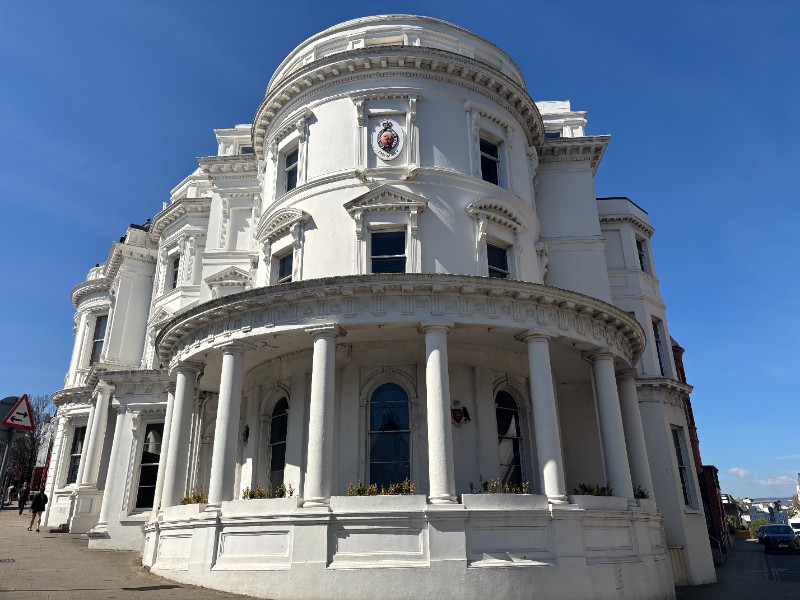
The iconic venue opened its doors for the first time on 16 July 1900
The Gaiety Theatre is celebrating its 125th anniversary today.
It opened its doors on Harris Promenade in Douglas for the first time on 16 July 1900.
Designed by renowned architect Frank Matcham, the seaside theatre was "under real threat of closure" in the 1970s.
Stars such as Ken Dodd and Joanna Lumley have trodden the boards, and the performance space has hosted countless pantomimes, dance shows and circuses.
Sarah Wilson-White of the VillaGaiety complex says it's an "incredibly special" theatre and she "couldn't imagine" the Island without it.
Before being opened at the turn of the 20th Century, the building was home to the Pavilion Theatre which had been closed after just six seasons.
Matcham was brought in to rejuvenate the site, and it's those designs that have been preserved for more than a century.
Specialising in theatre and music halls, the architect had previously worked on Blackpool's Grand Theatre and Tower Ballroom, and was later responsible for several venues in London, including the Palladium and Shepherd's Bush Empire.
The first production at the redesigned Gaiety Theatre following the site's renovation was a performance of The Telephone Girl, starring musical comedy actress Ada Blanche.
A projection suite was installed in 1932, at a time when demand to visit cinemas was high, which went on to became the theatre's principal form of entertainment during World War Two.
In 1971 the building, which had become dilapidated, was bought by the Manx government for £41,000.
Some restoration works began later that decade, before further extensive repair works took place during the 1990s ahead of the theatre's centenary in 2000.
Technical Manager at VillaGaiety Séamus Shea said the Victorian theatre had hosted a range of entertainment over the years, from "ice shows, circuses, and shows with three or four hundred kids on stage, to one man standing at the front telling stories like Ken Dodd or John Bishop".
He said in the 1970s, ahead of the "faithful restoration" of the 1990s, there were "sad stories of the wrecking ball turning up outside and people chaining themselves to the railings saying no".
Seamus said without people vocally supporting the theatre in the latter part of the last century the outcome could have been different.
Wilson-White, who is head of culture and the arts at VillaGaiety, said it was now a space that was meant to be accessible for all Manx residents and visitors.
"We have people coming here for their first ever theatre show at four, but also coming at 94," she said.
"They're doing it in a place where for 125 years people from the Isle of Man have done that before them.
"They are following in a long line of audiences and I love seeing that play out almost every day in this building."
"This theatre has to exist because it has been at the heart of our community for 125 years and therefore its been at the heart of the stories we've told ourselves", Ms Wilson-White said.
"I couldn't imagine an Isle of Man without the Gaiety," she added.
The theatre, which has 862 seats across 4 levels, welcomed 78,470 visitors last year.
Member of the department of Education, Sport and Culture Sarah Maltby MHK says the Island s "incredibly lucky to have such a magnificent venue", which "really is a community asset".
She says Tynwald had an approved strategy for supporting arts and culture on the island, which included maintaining the building.
As part of that, a £1.6m investment was made in upgrading the sound and lighting equipment at the venue and the nearby Villa Marina.
Mrs Maltby says: "We do rely on the Fogs and volunteers who support the venue because they care so much, but it can't be all fundraising in the community, some of that has to come from Treasury," she said.
"The government is very fortunate to have those people and hopefully working together we can continue to see the place prosper for another 125 years."


 Traders on Michael Street feel 'abandoned' by politicians in tough times
Traders on Michael Street feel 'abandoned' by politicians in tough times
 Airport warns high winds could impact flights
Airport warns high winds could impact flights
 Bus talks to continue over festive season
Bus talks to continue over festive season
 New local authority bill passes final stage with Legislative Council
New local authority bill passes final stage with Legislative Council